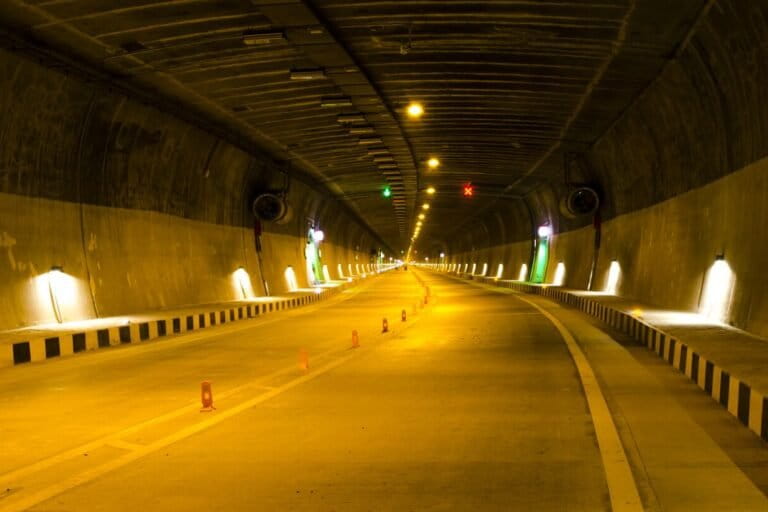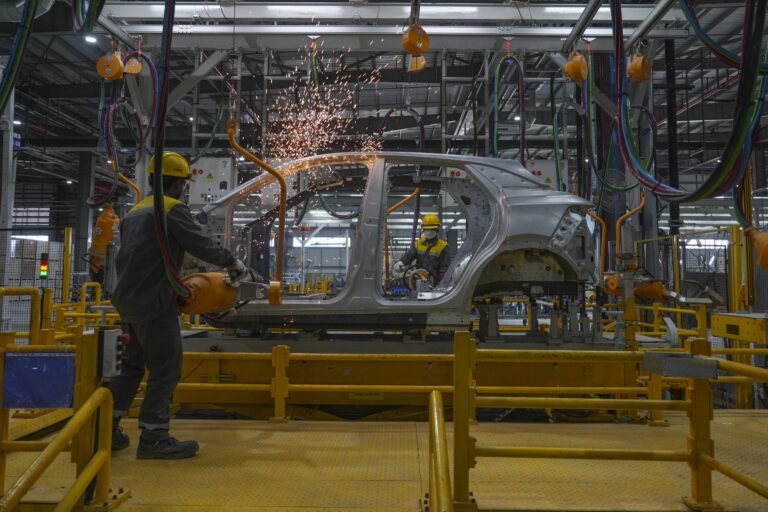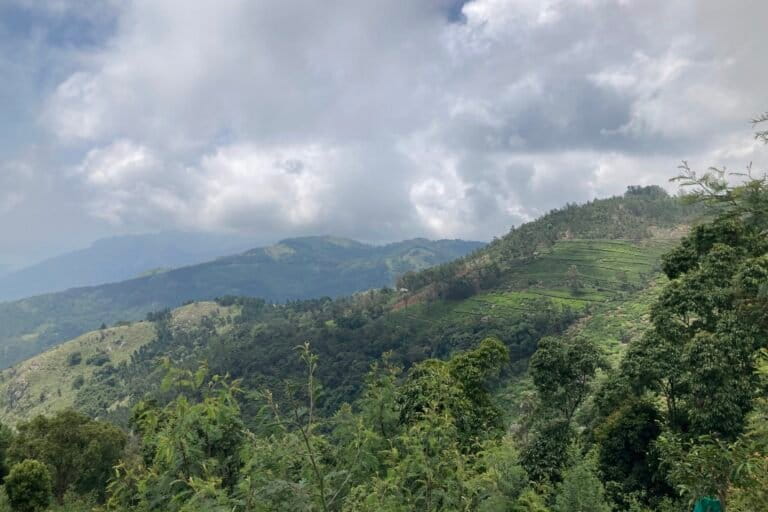- The polluted waters of Uttar Pradesh’s Hindon river are impacting the health of residents of villages near the river banks.
- Residents of Delhi are likely to be impacted by pollution as the produce, grown using Hindon’s water, is sent to the national capital.
- Last month, the National Green Tribunal pulled up the Uttar Pradesh government for failing to take remedial measures for tackling industrial and any other pollution in the state’s Hindon, Kali and Krishna rivers.
The deteriorating water quality of the Hindon river in Uttar Pradesh has made it a health hazard for many of the local residents, who claim there has been a surge in critical illnesses among people living close to the river.
“In all the villages here, you find sick people. The doctor told us that this is due to the bad quality of water. My nephew has serious kidney malfunction issues. We can’t get him treated as we have no money,” said Ashok Arya, a villager who lives in the Baghpat district of Uttar Pradesh.
Millions of people living along the banks of the Hindon and its tributaries are consuming groundwater that has been contaminated by hazardous toxins. They are well aware of the dangers but cannot afford to install water purifying systems.
As the constituencies in the region prepare to vote in the elections starting this week, some rue that they are being neglected by the Bharatiya Janata Party (BJP)-led state government.
A case regarding the hazardous levels of pollution in Hindon and its tributaries Kali and Krishna, leading to diseases and deaths of inhabitants of people, is ongoing in the National Green Tribunal.
In August 2018, the NGT referred to the studies showing that more than 71 people have died from cancer and more than 47 persons are bedridden in Gangoli village, close to the river, while more than 1,000 are affected by diseases.
An expert committee was formed by the NGT and according to its report in February 2019, discharge of untreated sewage and industrial effluents in Muzaffarnagar, Shamli, Meerut, Baghpat, Ghaziabad and Gautam Buddh Nagar districts is mainly responsible for the pollution of the rivers. The report called for the implementation of time-bound action plans to ensure that water quality of river Hindon at least meets the water quality criteria for bathing.
In the same case, in March 2019, the NGT asked Uttar Pradesh to implement the action plan within six months and asked the government’s chief secretary to “personally look into the issue of availability of potable water to the affected inhabitants.”
According to the Central Pollution Control Board’s data, Uttar Pradesh has 12 polluted river stretches from a total of 351 polluted river stretches identified across India.
Delhi residents eat food grown with Hindon’s polluted water
The impact of the polluted water is not just restricted to the region in western U.P. and goes as far as the national capital as well. Farmers use water from Hindon for agriculture and the produce is sent to Delhi.
“Vegetables and crops are grown using this polluted water because farmers have no other choice. Whatever is grown is sent to Delhi and its surrounding areas where people consume it,” said Dharmendra, a farmer who lives in Ghaziabad, a part of U.P. included in the national capital region.
Chandra Bhushan, deputy director general of the Centre for Science and Environment (CSE), a Delhi based think tank, stressed that “we have poisoned our food chain.”
“We now have a situation where our entire food production is contaminated with chemicals and on top of that, this contamination has entered our surface water, river water as well as the groundwater. So, even if you are not using pesticides for vegetables, there are enough chemicals in Hindon river which is going to contaminate the food in any case,” Bhushan said.
Despite the severity of the situation, the pollution and health hazards due to contaminated water of this river have not become a priority issue in the political discourse in the 2019 parliamentary elections.
“They are not talking about the river. These political parties are talking about the irrelevant issues which are not related to people’s life and their demand. River, pond and groundwater … nobody is discussing it, and it is very frustrating,” said Vikrant Sharma of Hindon Jal Biradari, a group of activists who are fighting to clean and save the river.
The catchment area of the Hindon river includes six parliamentary constituencies of Uttar Pradesh – Saharanpur, Baghpat, Meerut, Mathura, Ghaziabad, and the Gautam Buddh Nagar, near Delhi — which go to polls on April 11 in the first phase of the 2019 elections.
Extreme pollution in river causing health problems
In 2014, Chander Vir Singh, a retired senior scientist with the Haryana State Pollution Control Board, took water samples from Hindon river and its tributaries. When he got these samples tested, he found that water of the rivers had hazardous toxins. Several chemicals such as cadmium, chromium, nickel, cobalt, arsenic, lead, mercury and other heavy metals were found in the water samples, which can impact the health of human beings and other living organisms in the area.
“It won’t be an exaggeration if we say the water of Hindon river isn’t water but a mixture of chemicals. There is no dissolved oxygen in this water. No aquatic species can remain alive in it,” said Singh. “If you dip your hand in the water, it can cause skin disease and if you drink it then there may be so many problems like hepatitis or even cancer.”
At present, a large number of people living in the villages along Hindon are sick. Doctors and health experts, who have been treating those villagers, have linked it to consuming contaminated water.
“Most of the diseases here are due to the bad quality of water. There are a lot of cancer patients here as well. More than 100 people have died of cancer in the last three year, and there are many cases of physical disability,” claims Rajveer Singh, who lives in Gangoli village of the Baghpat district.
Banner image: Aerial view of Hindon river over Ghaziabad, Uttar Pradesh. Photo by Biswarup Ganguly/Wikimedia Commons.













